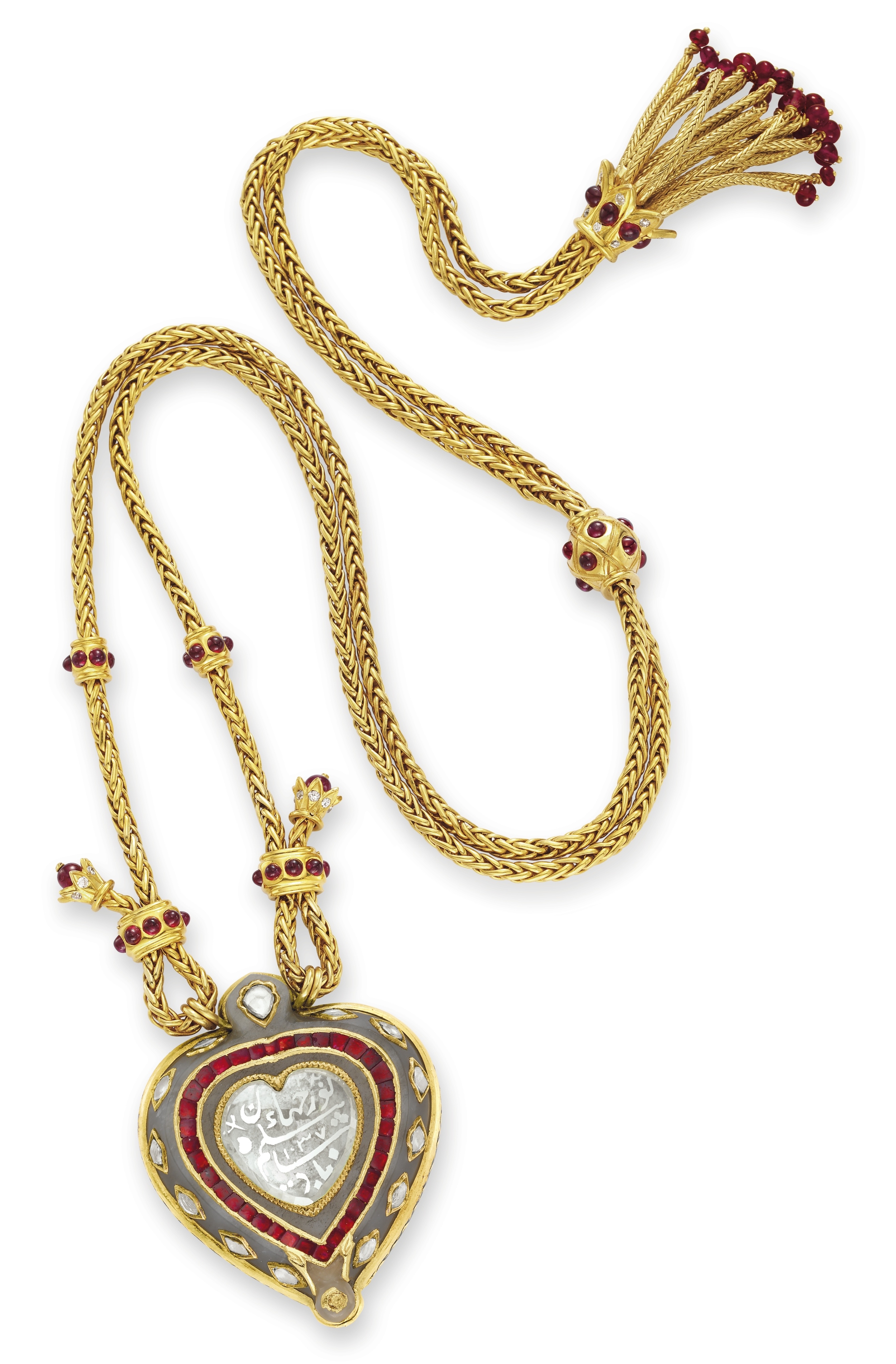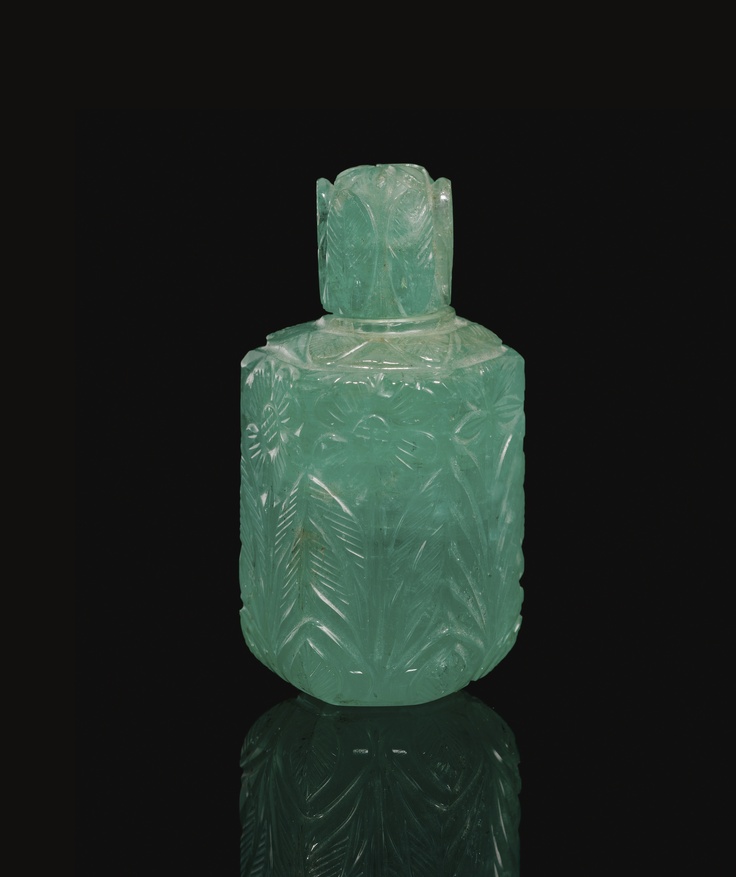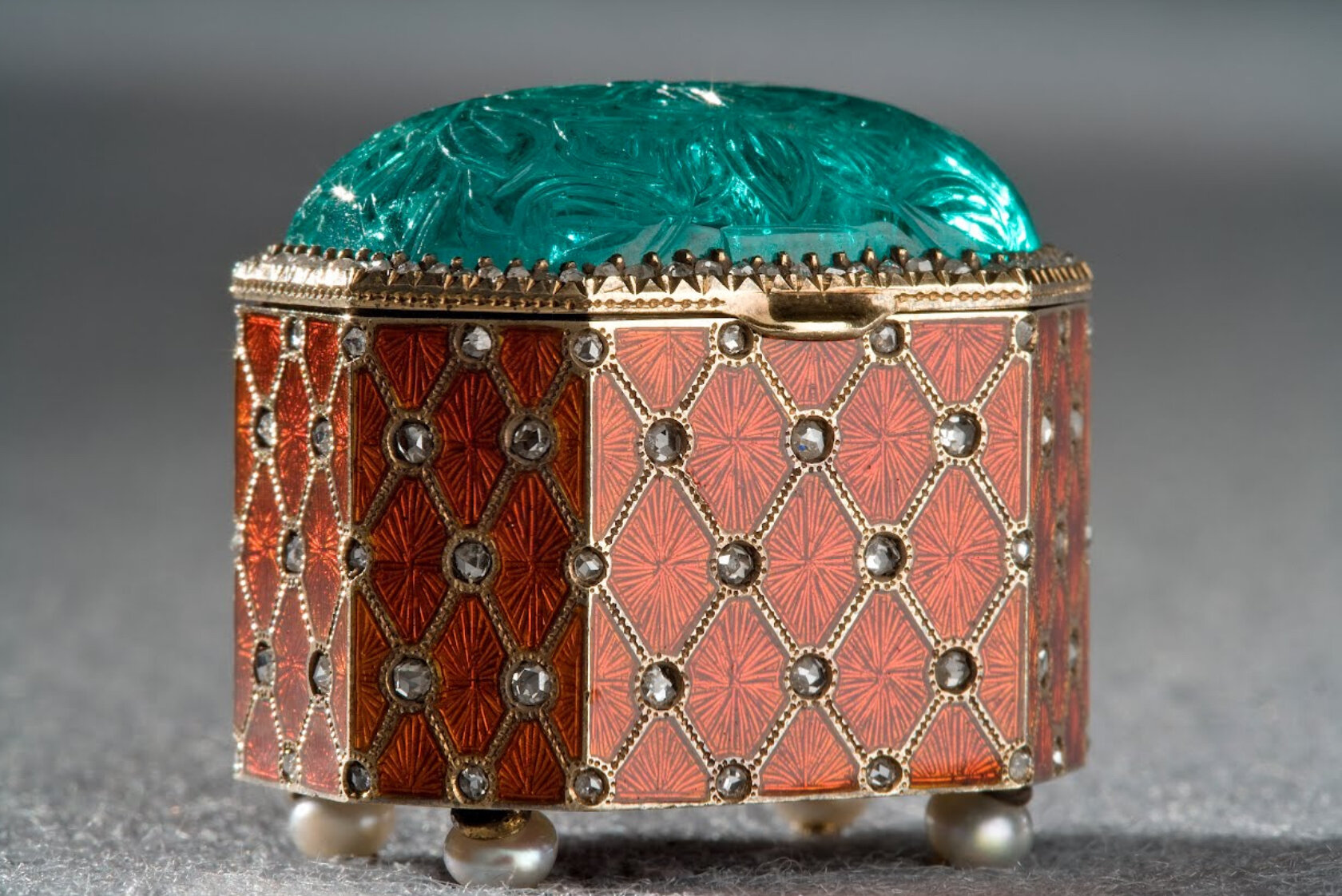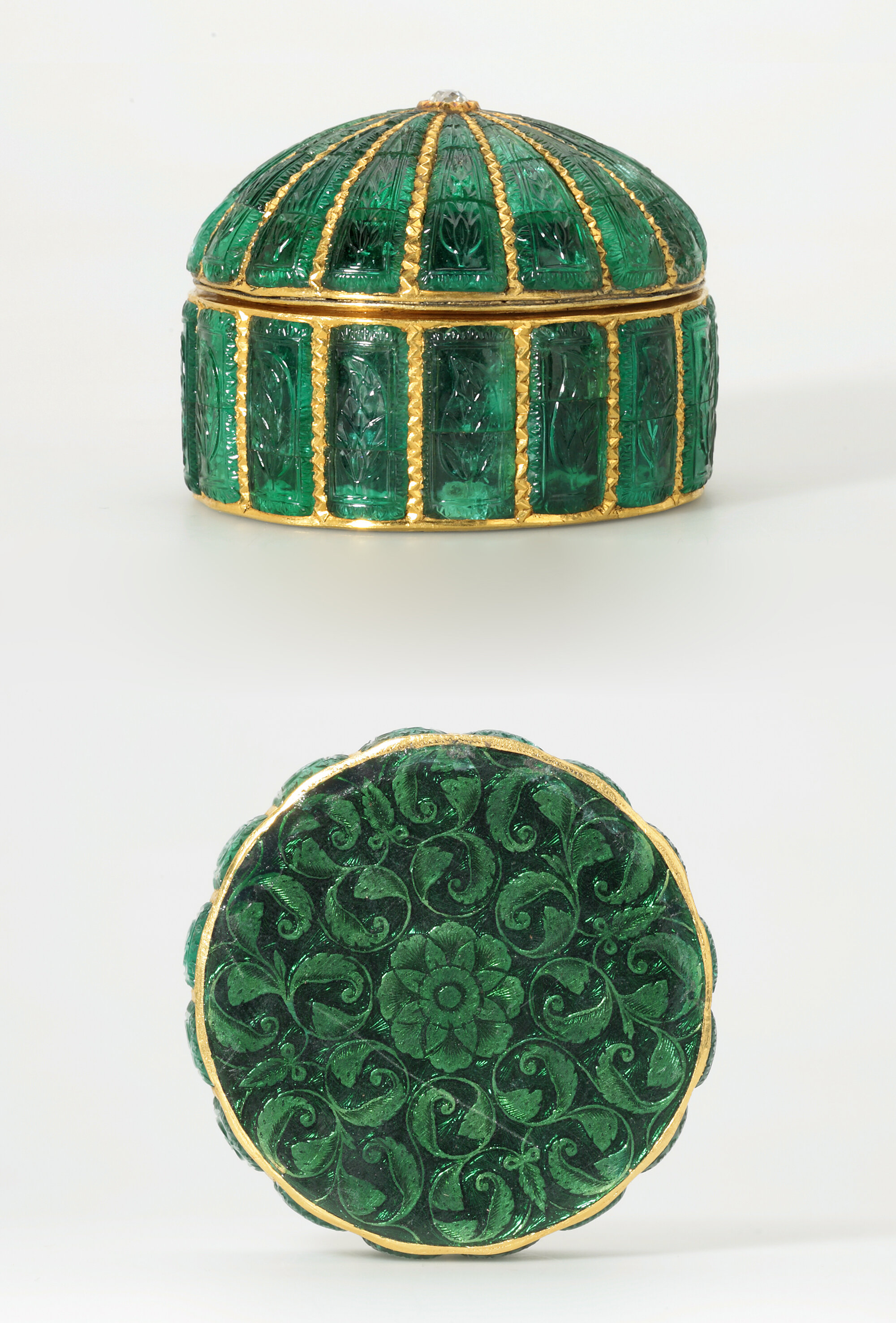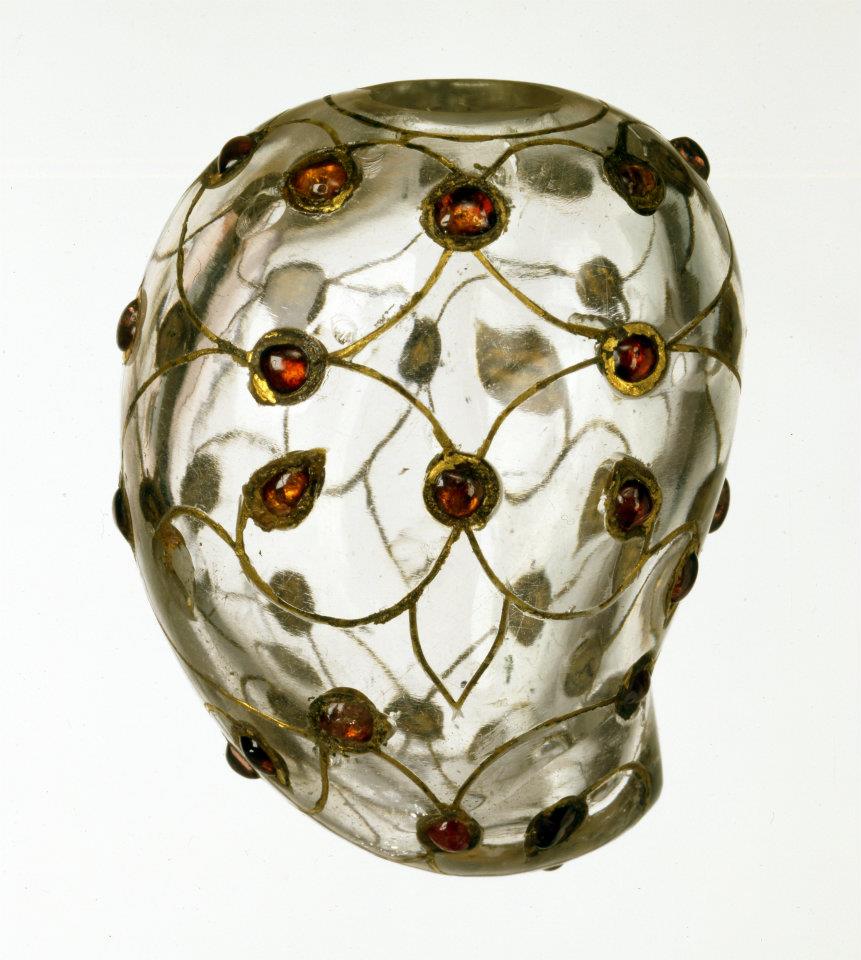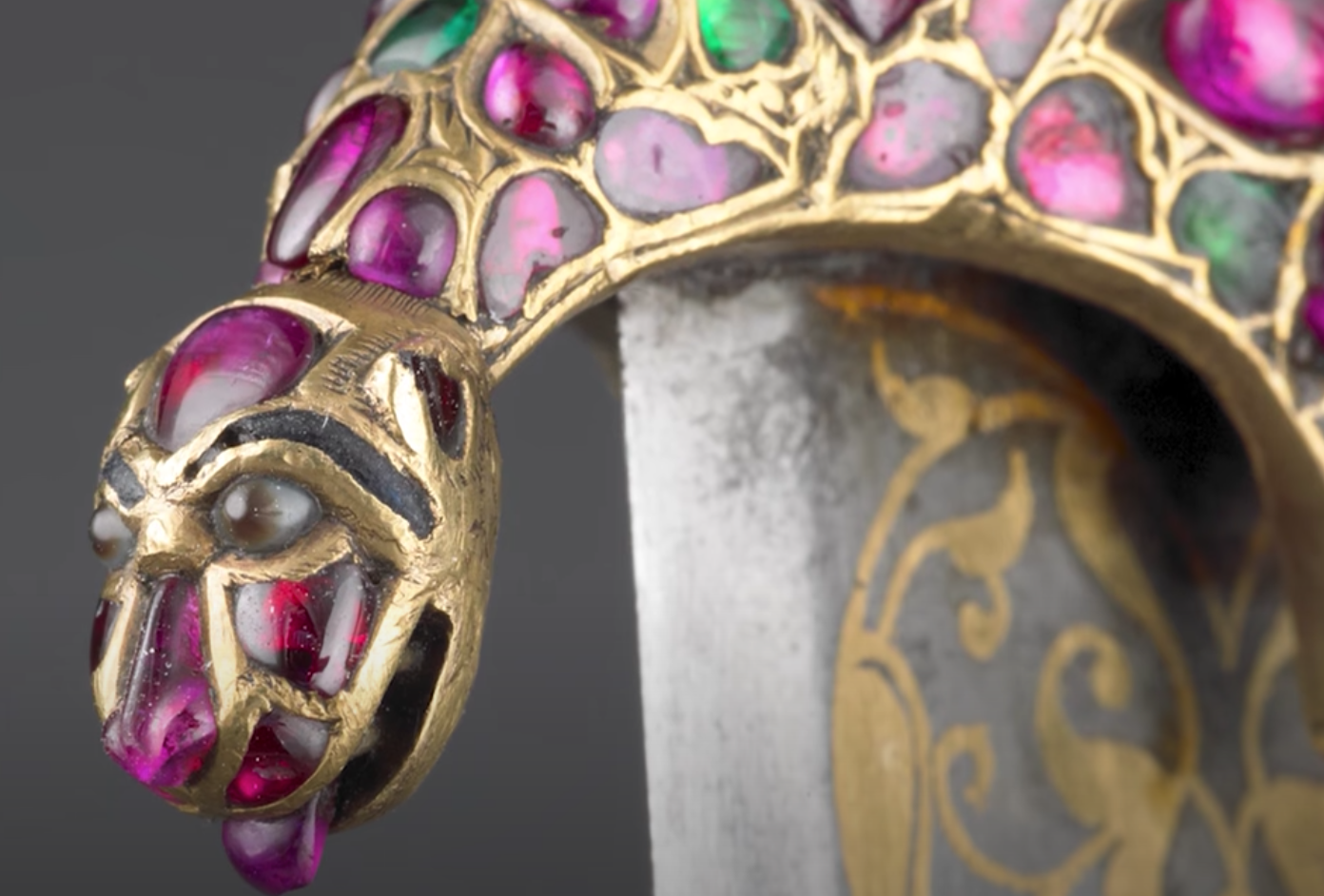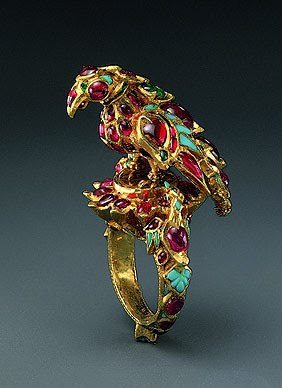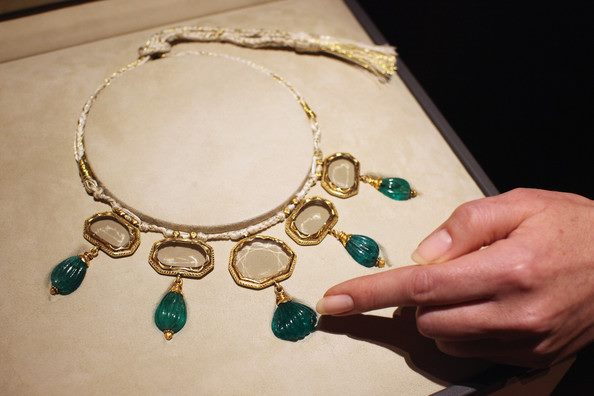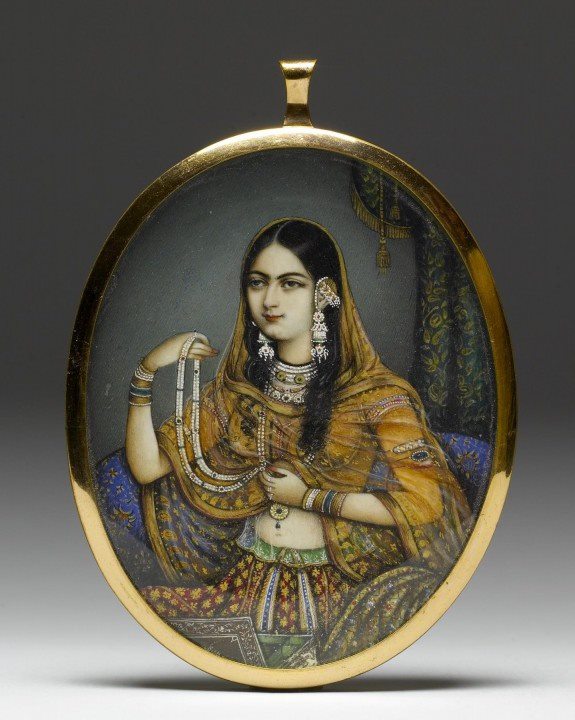Milestone marks the first-ever designer jewelry brand that exclusively features lab-grown diamonds and merges it with wearable technology and fashion.
Toronto, Canada (May 5, 2014) -- Multi-award winning jewelry designer and longtime diamond industry insider, Reena Ahluwalia, today announced the launch of the world's first lab-grown diamond designer jewelry brand – “Nurture By Reena.” The brand is committed to proudly feature fully disclosed, certified lab-grown diamonds that are origin-guaranteed, conflict-free and environmentally sustainable.
“The Moments Collection” is the first offering from “Nurture By Reena.” It combines diamond jewelry with wearable technology and merges style and fashion with deep personal meaning. Using QR Code technology opens the door to a unique ecosystem that allows you to attach your most precious moments to your jewel. The lab-grown diamond pieces flip to discreetly reveal a QR code that is otherwise hidden from view while the jewelry is worn.
Each cutting-edge design unites the beauty of natural shapes with the precision of modern technology and brings to life Reena’s love of discovery. And while each piece embodies the unique vision of the artist, you’re invited to give it personal meaning through the stories you attach to it. Capturing an individual's unique moment and personal messages, the jewel can be effortlessly personalized with content that can be accessed anytime and anywhere. Like the eternal nature of a diamond, your jewel becomes a modern day digital talisman, a time capsule that captures and preserves your moment for eternity.
The Moments Collection is offered in colorless, pink and yellow lab-grown diamonds, with a starting carat weight of 0.40ct. and includes rings, pendants, earrings and bracelets. To date, there are 36 SKUs available in 18k gold, including white, yellow and rose gold. According to Reena Ahluwalia, “I looked at blooming flowers for inspiration and symbolism. For me, flowers are like moments – ephemeral, yet deeply memorable.
Reena said, “Let me take you on a journey one could only imagine before. I am proud to bring to you a collection that celebrates the changing consumer values of today, embodies what real love means and helps you express your deepest personal stories. For retailers, this also offers phenomenal value and choices through layers of differentiation, which is essential to stand out in retail space today.”
The “Moments Collection” from “Nurture By Reena” will be unveiled at the upcoming JCK Las Vegas Show 2014, in the Design Center, booth no. S10519.
For more information, please visit: www.nurturebyreena.com

















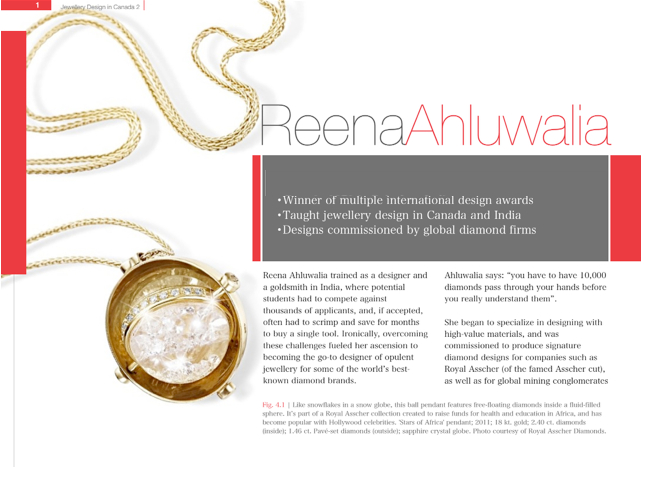




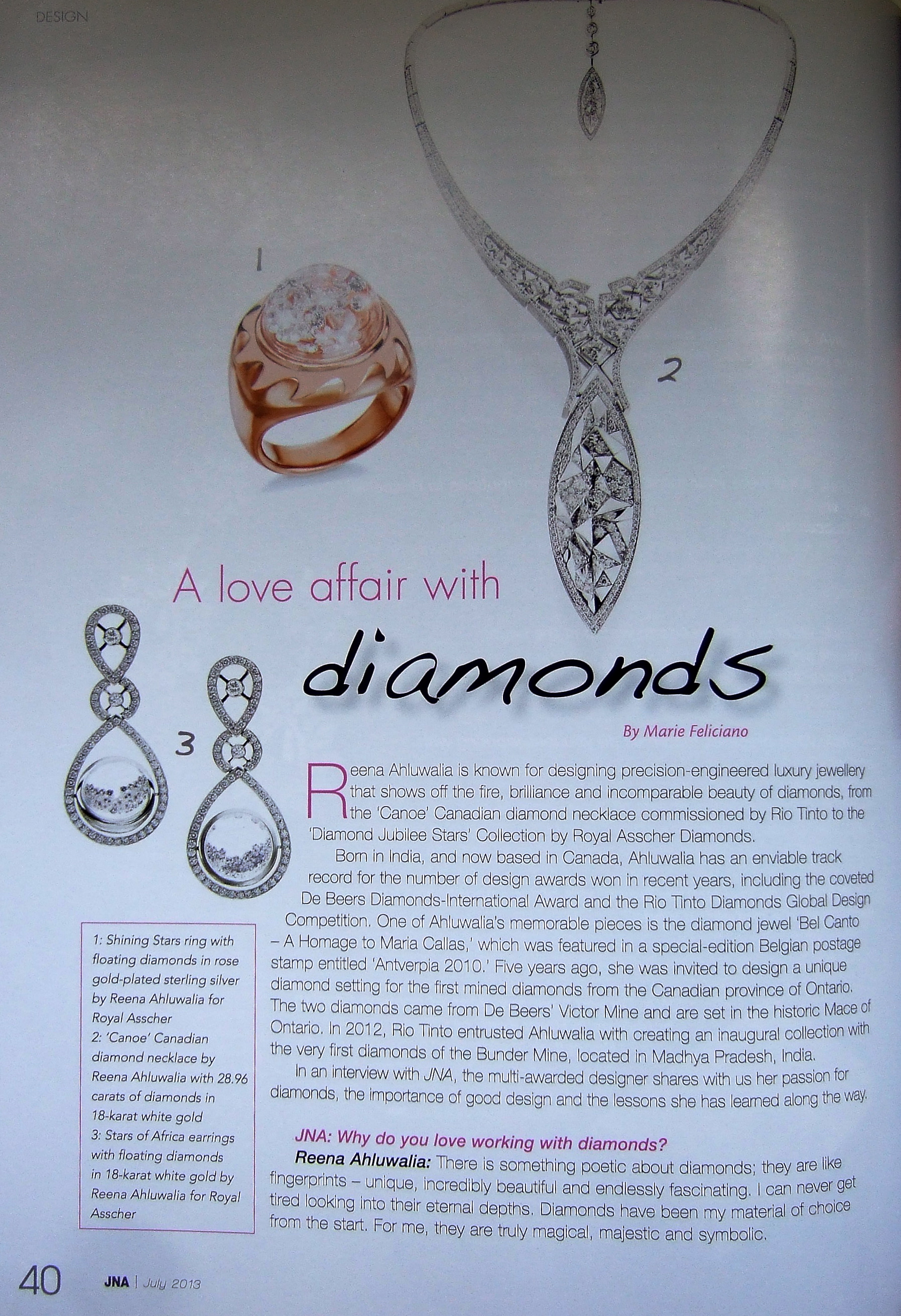
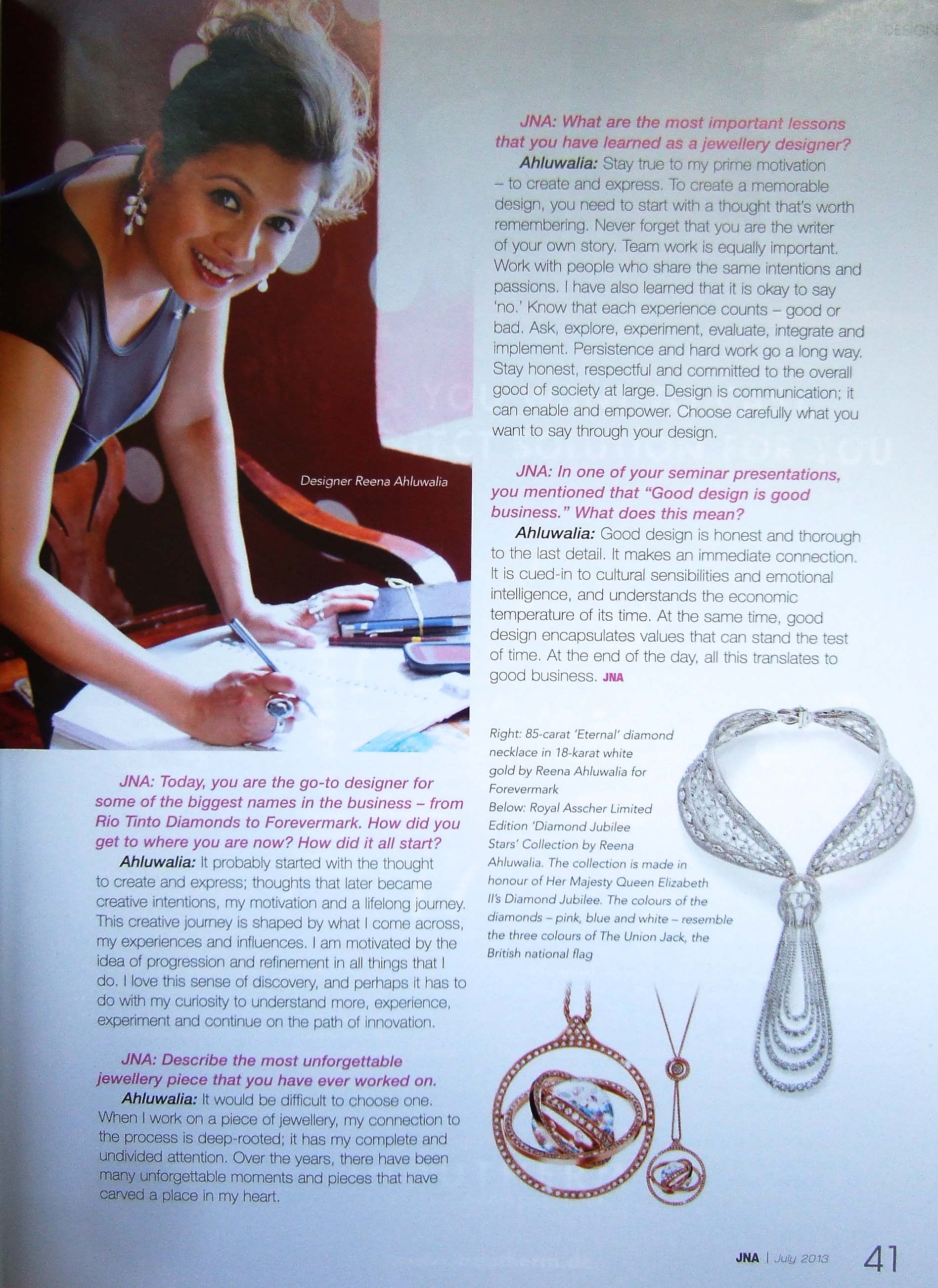
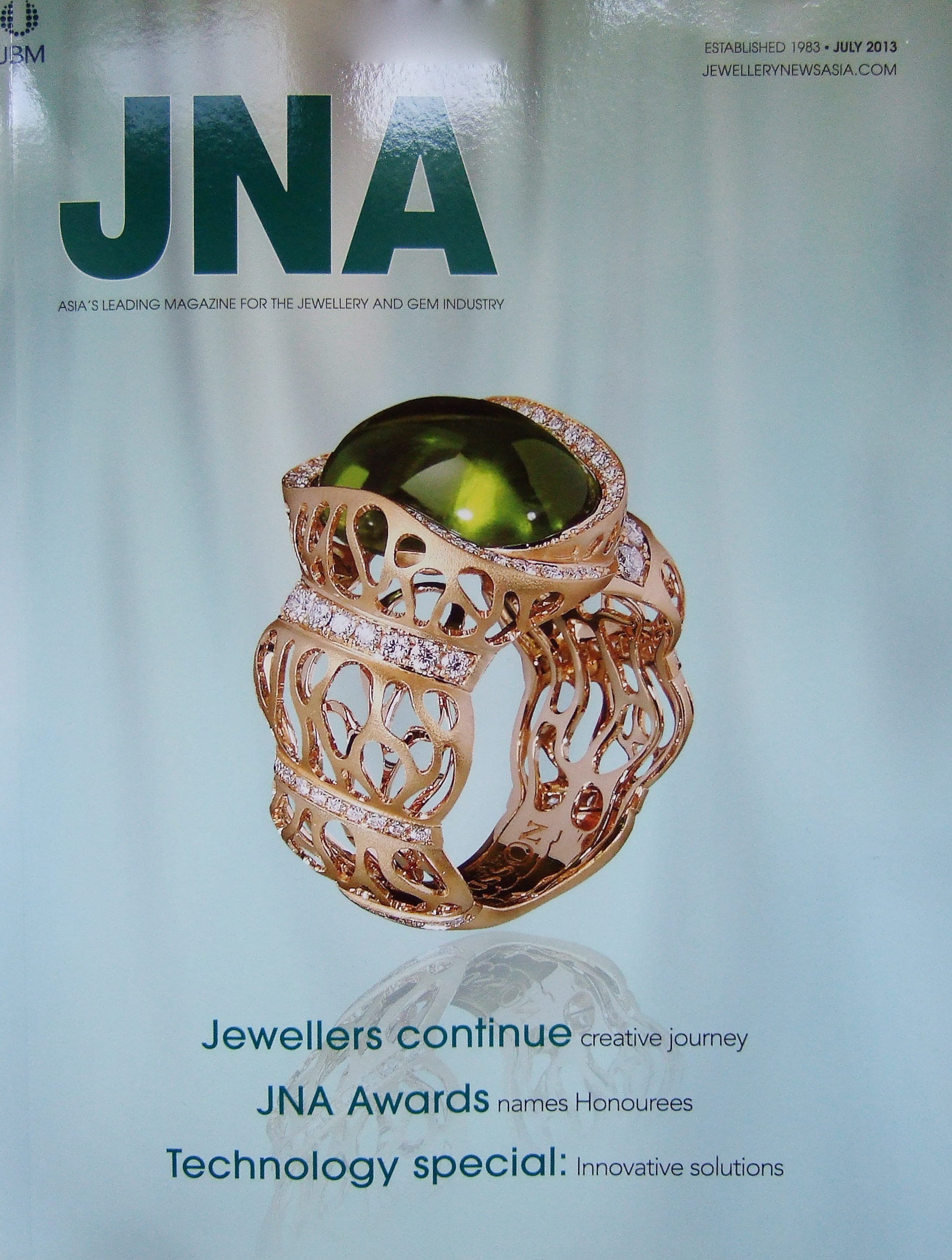

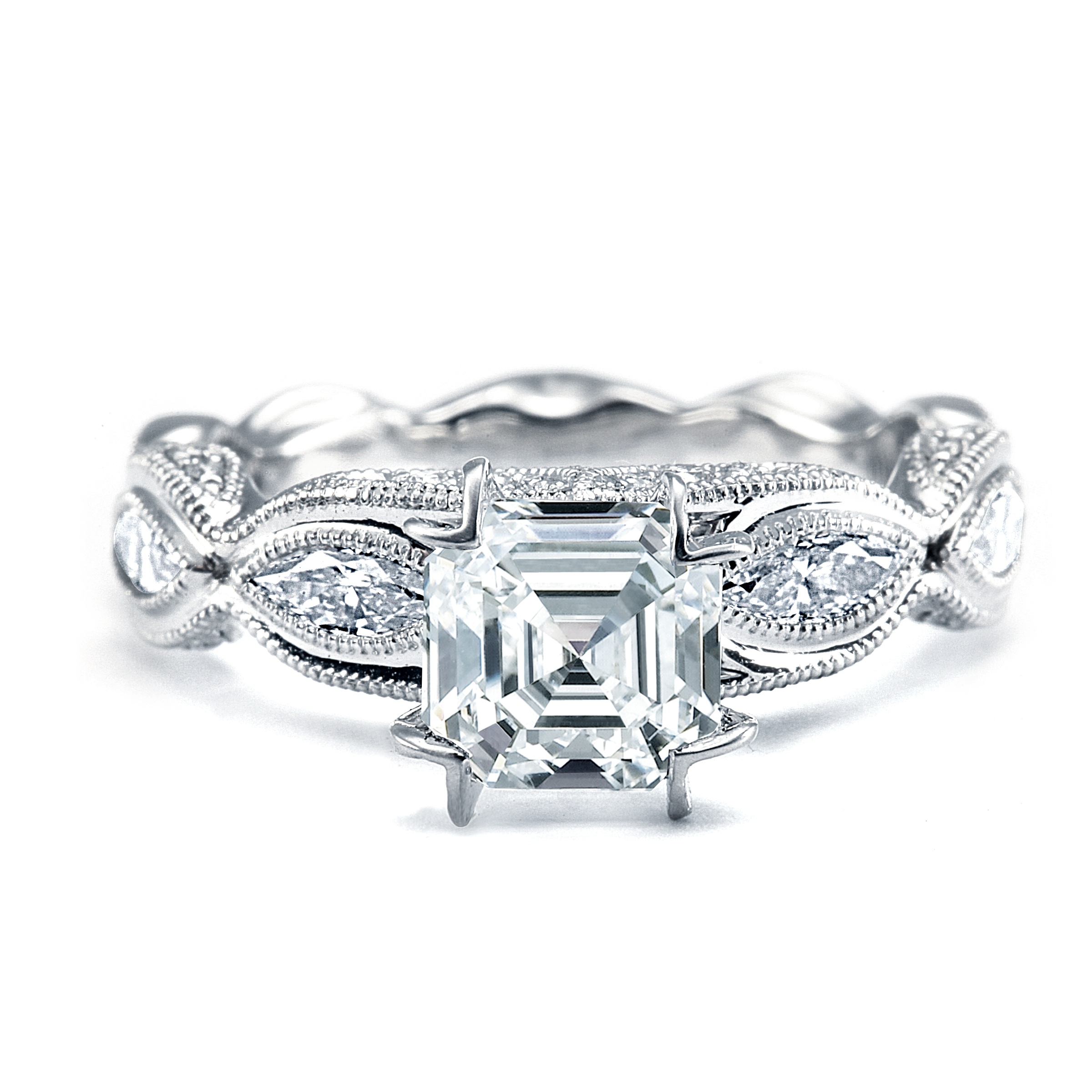
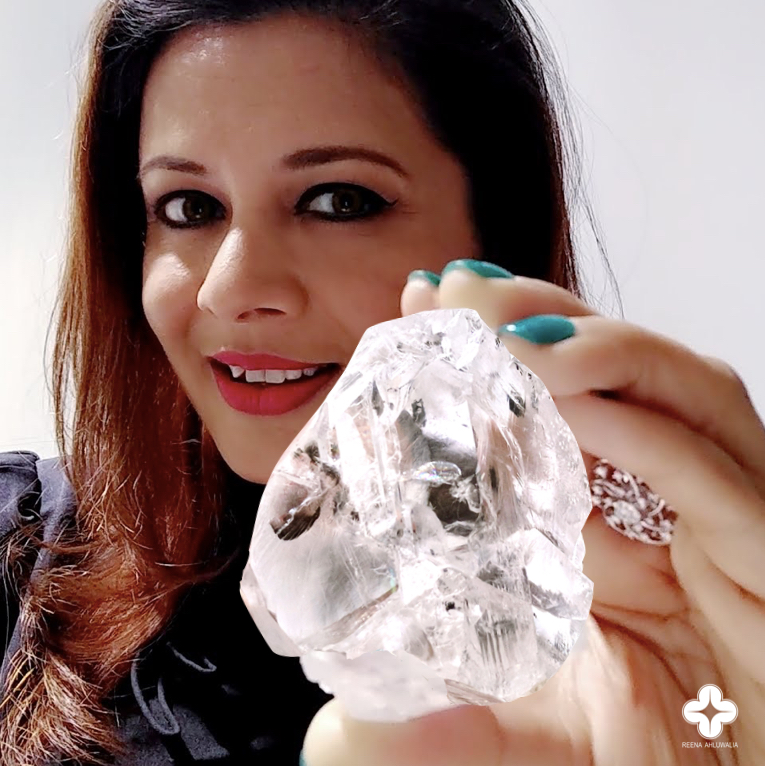
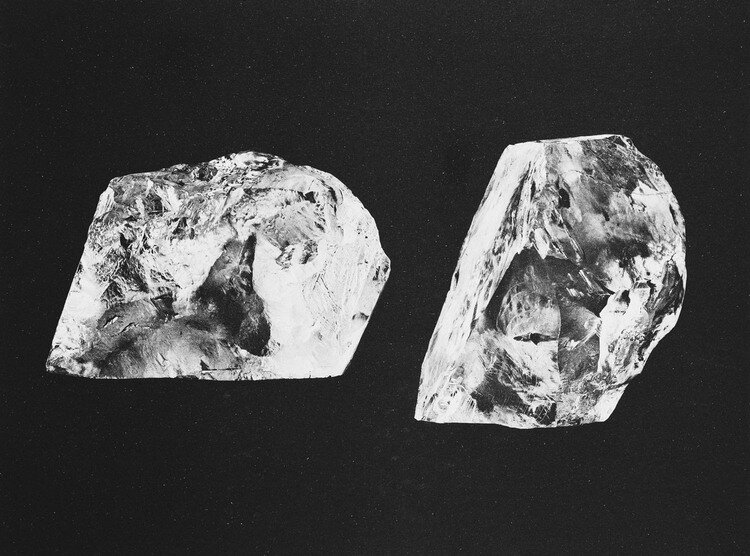

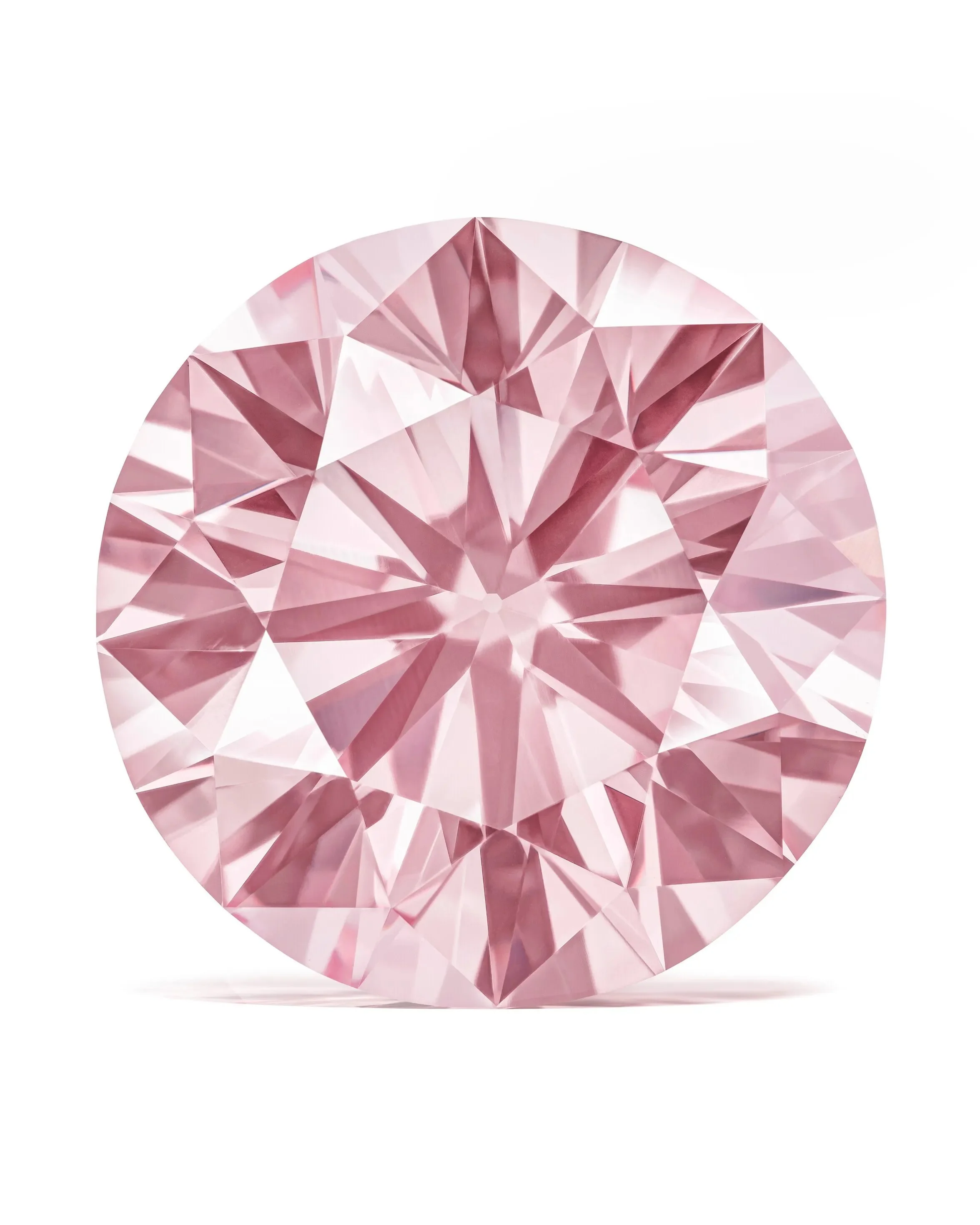
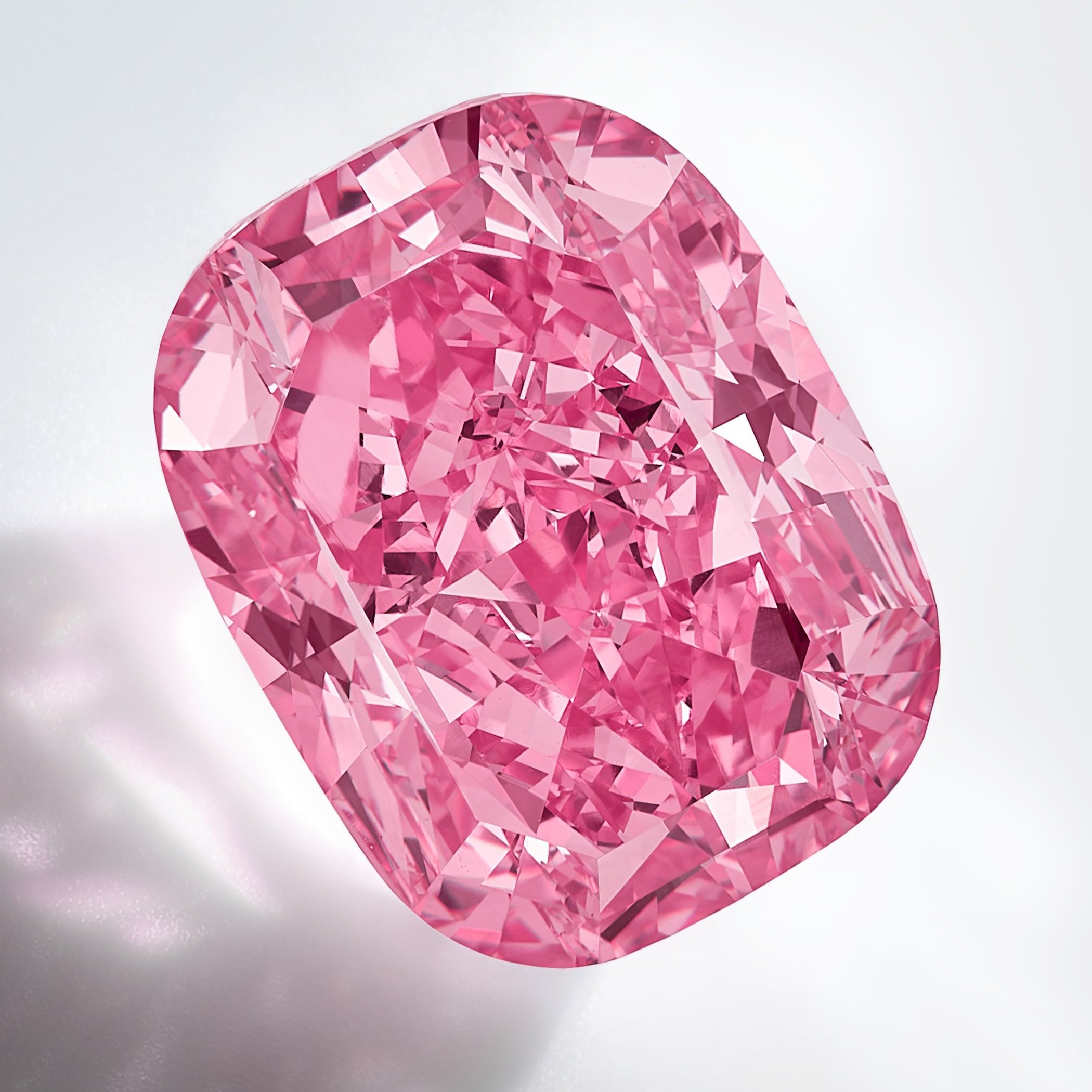
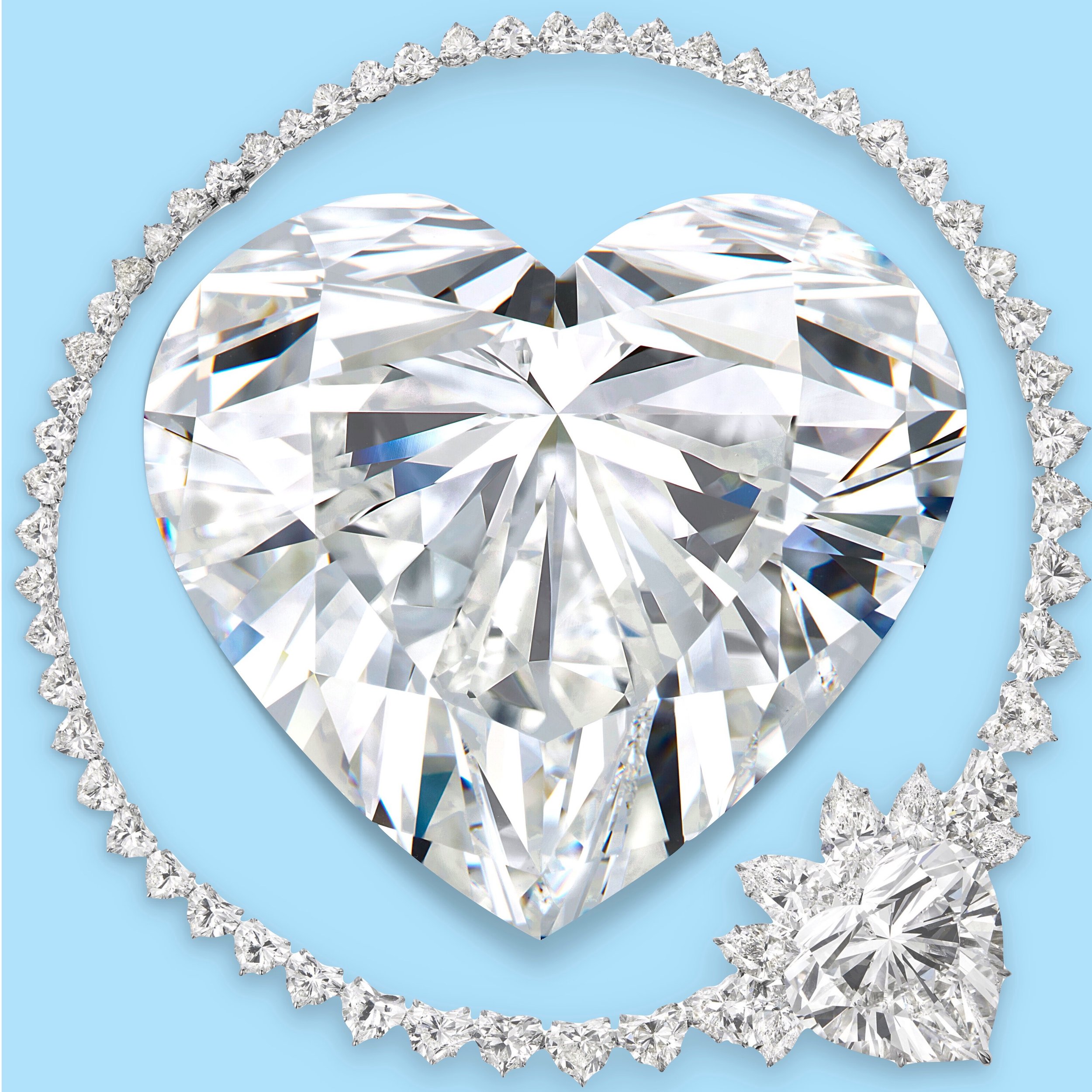
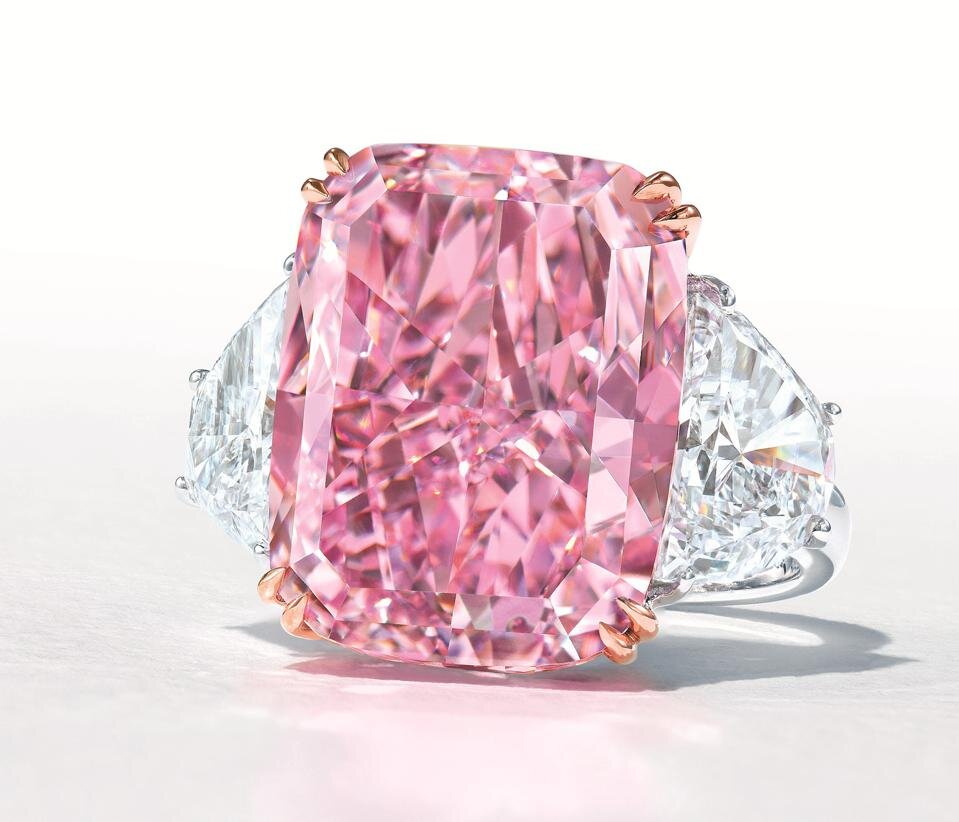










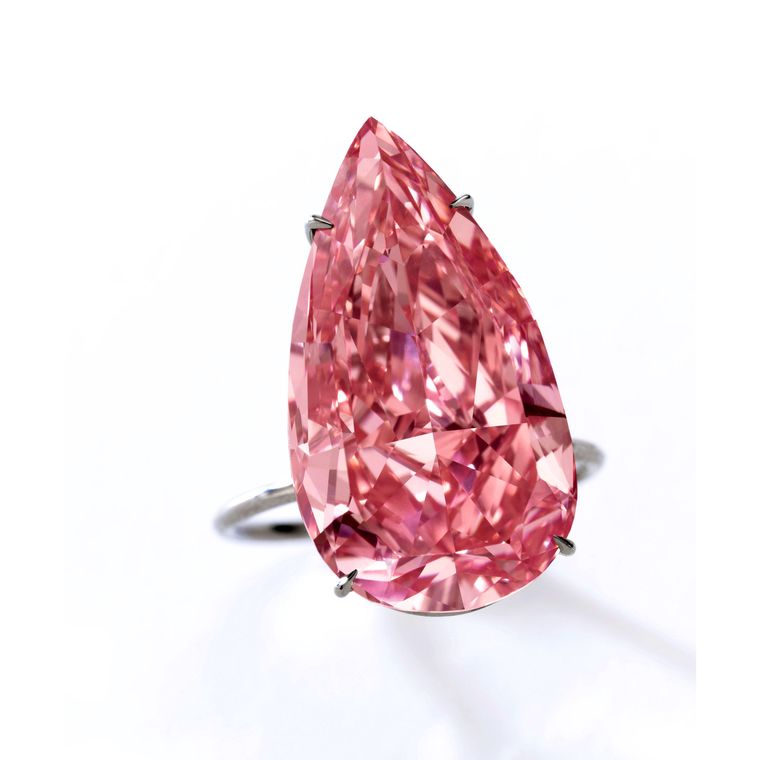


















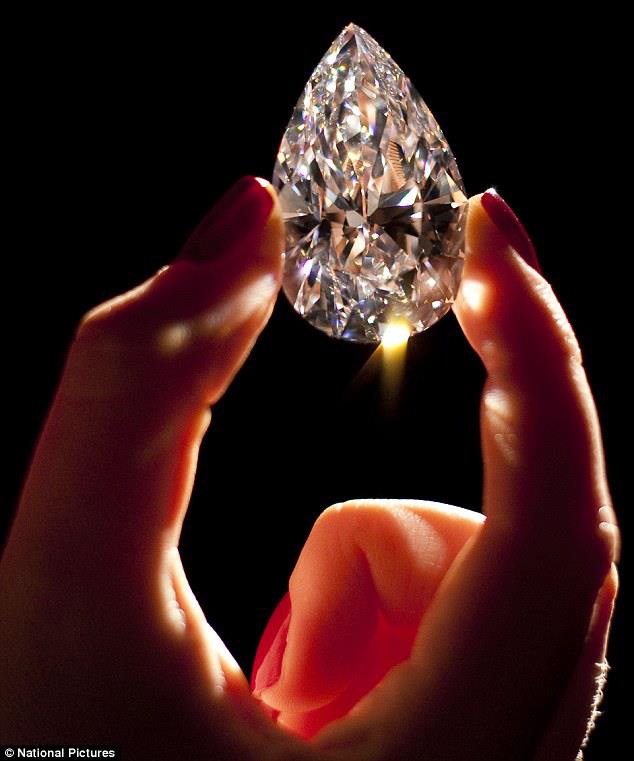






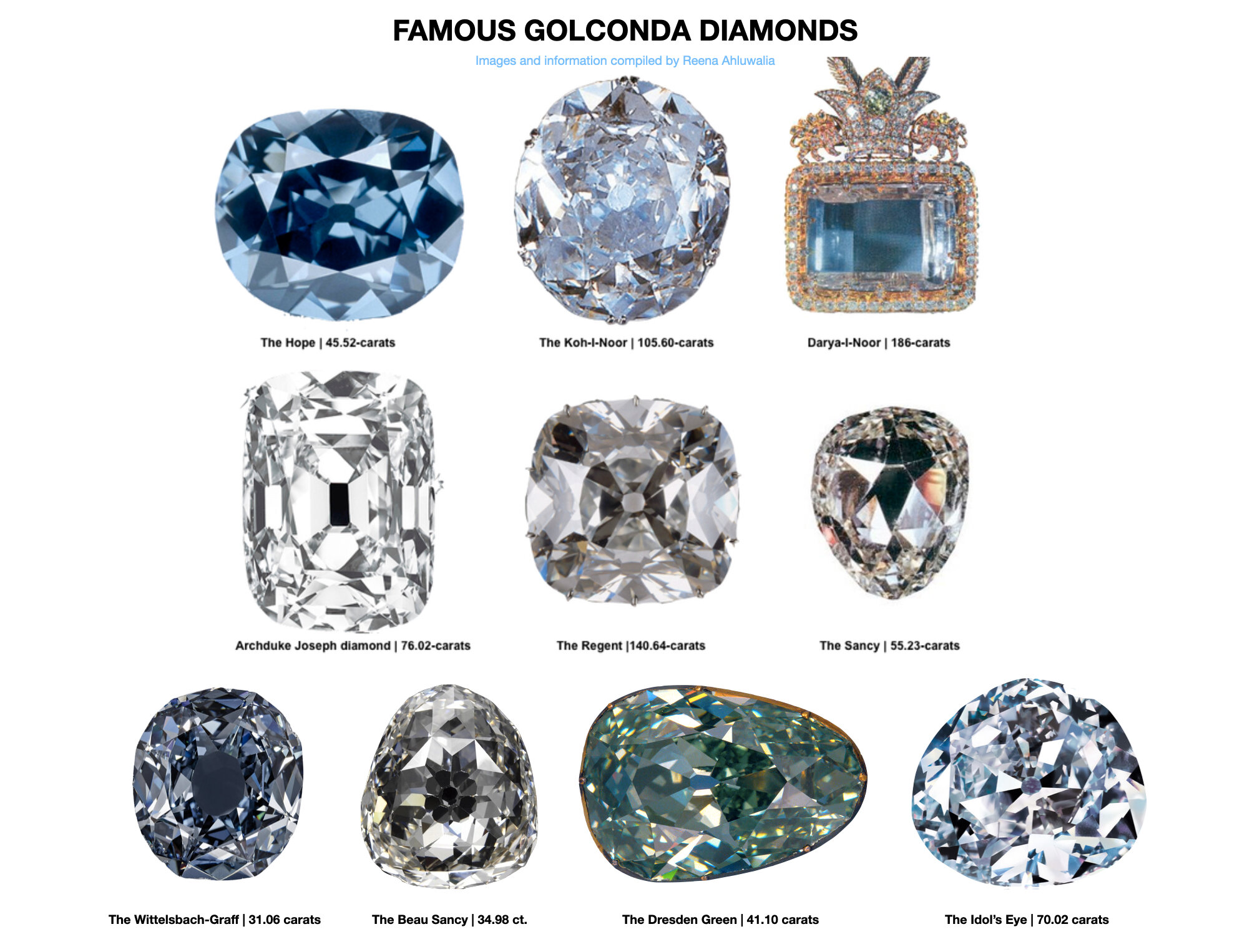






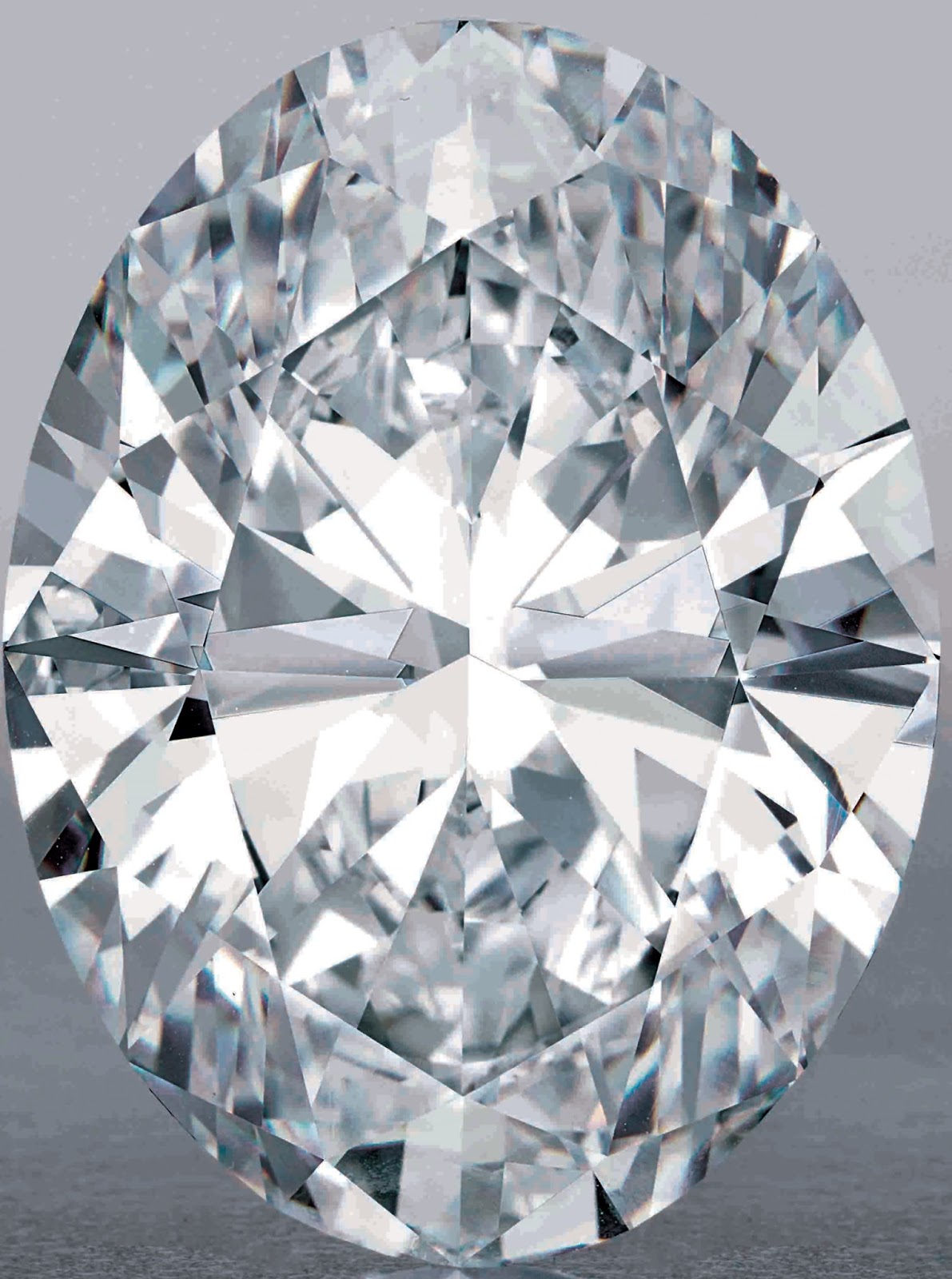

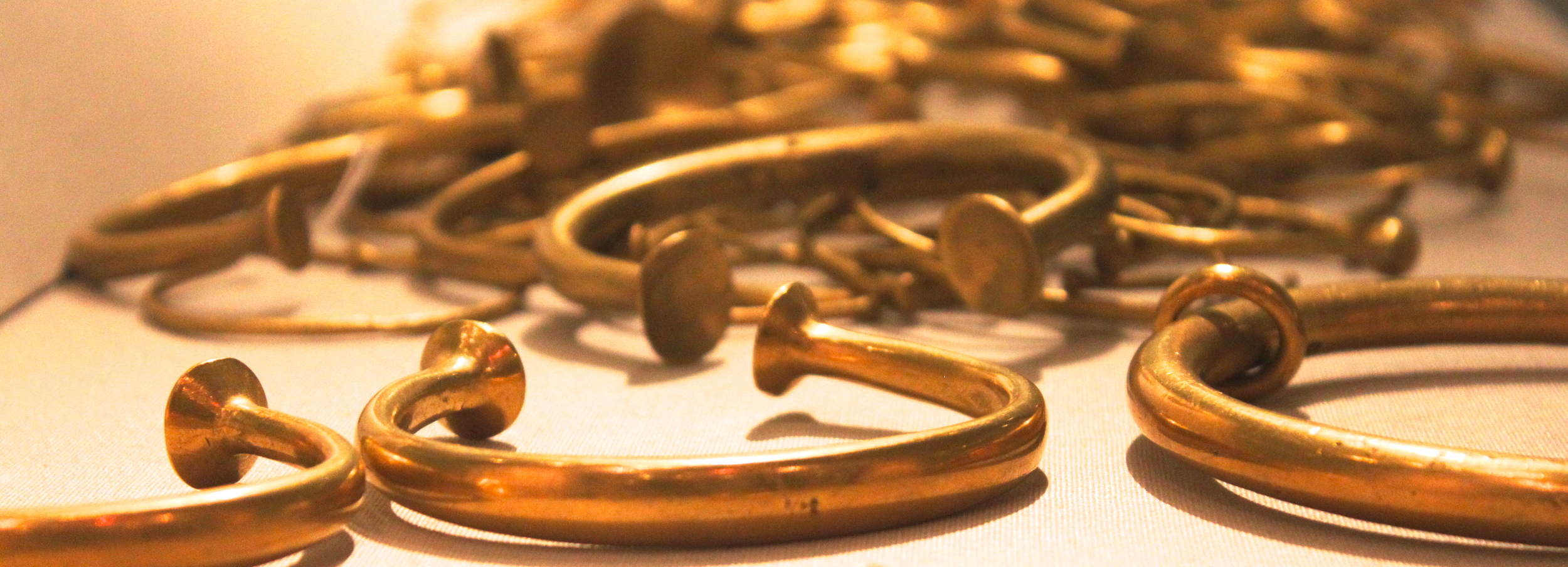



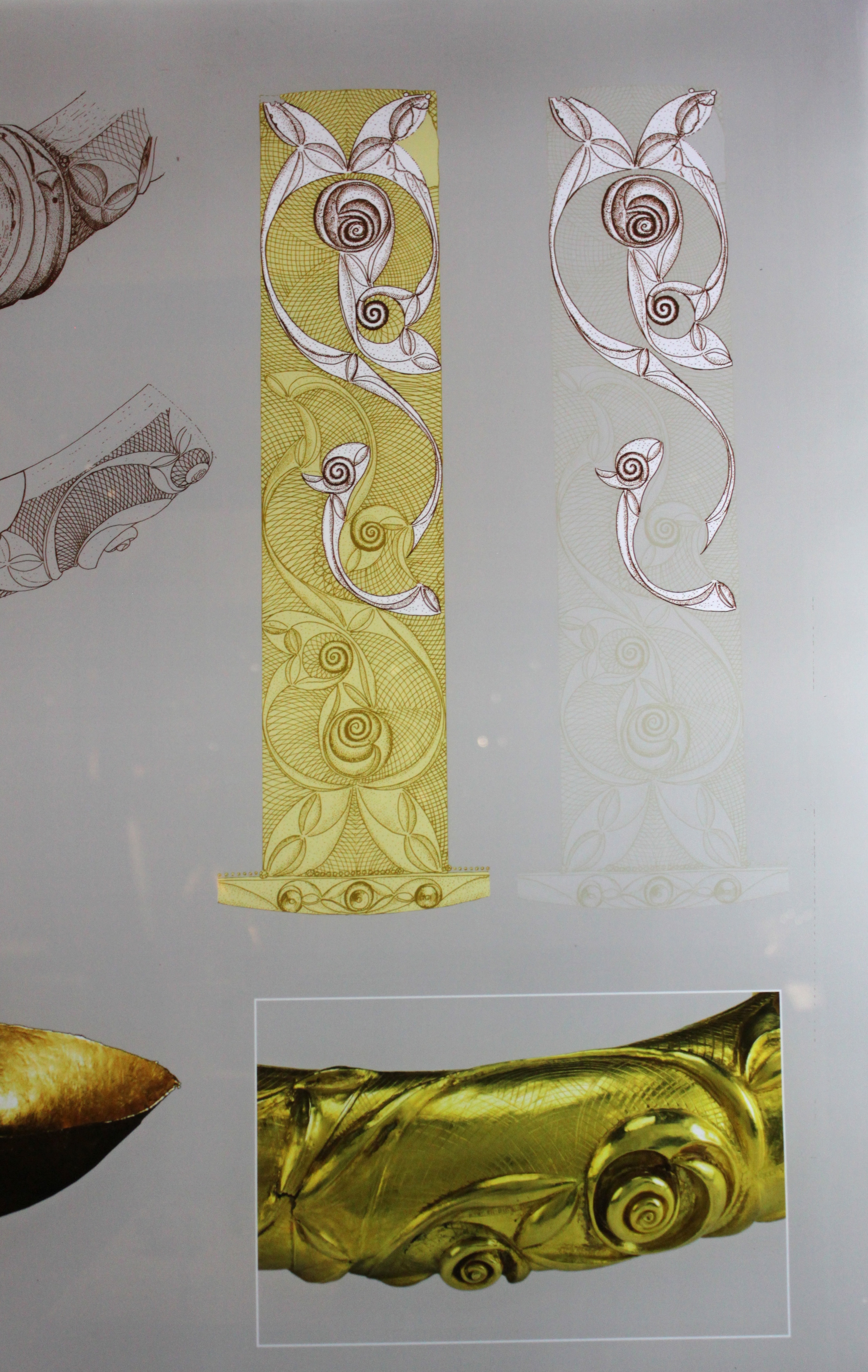












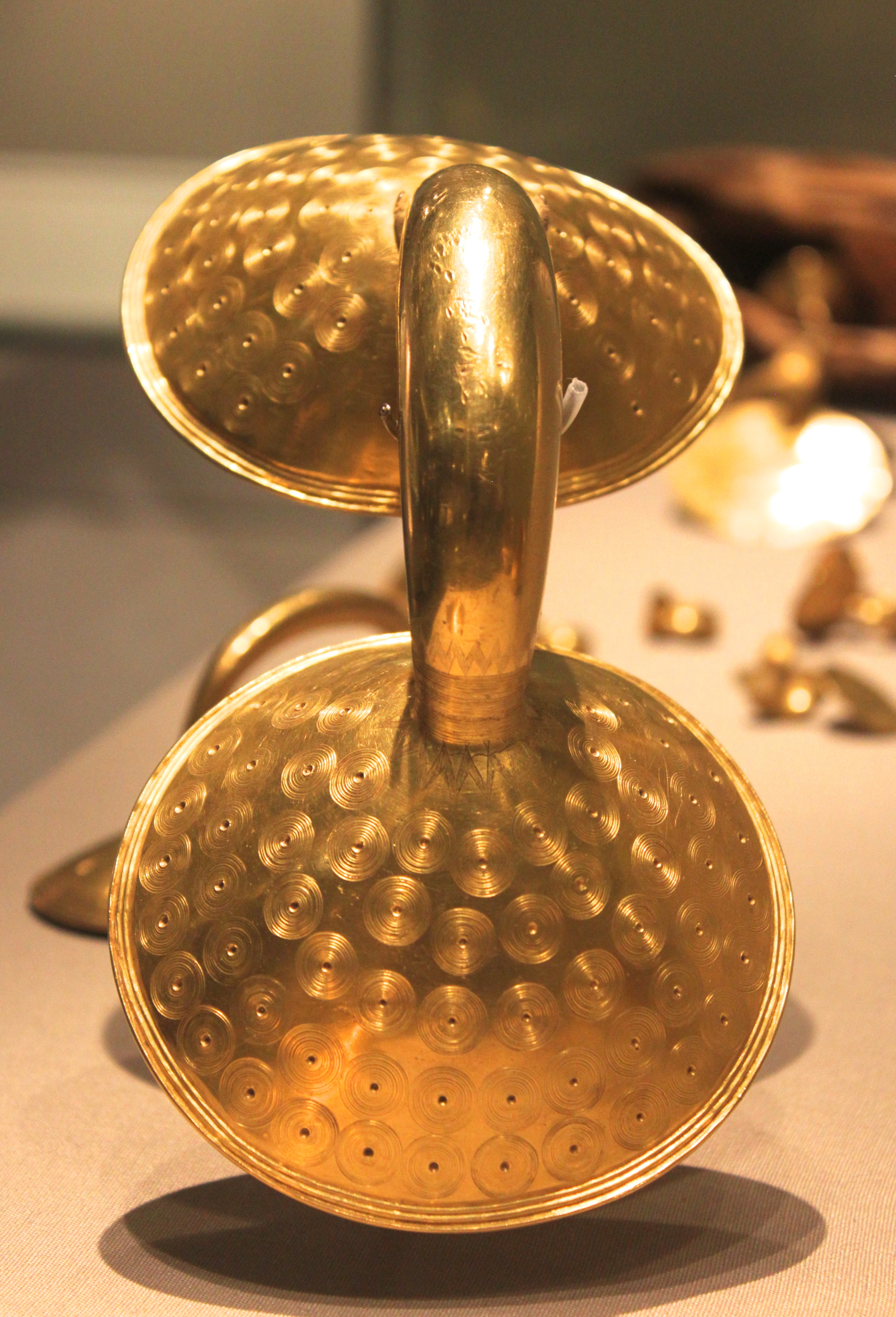









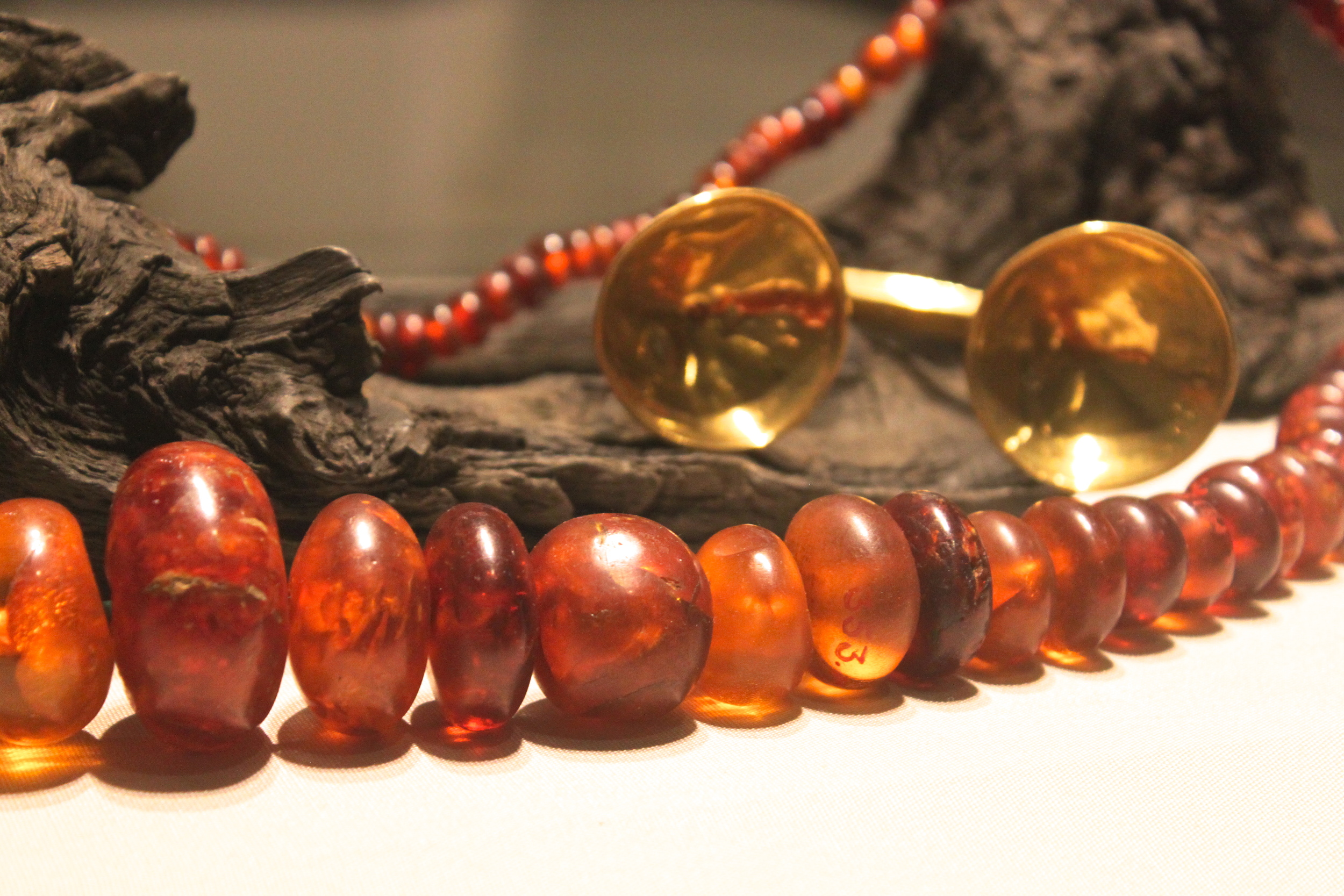








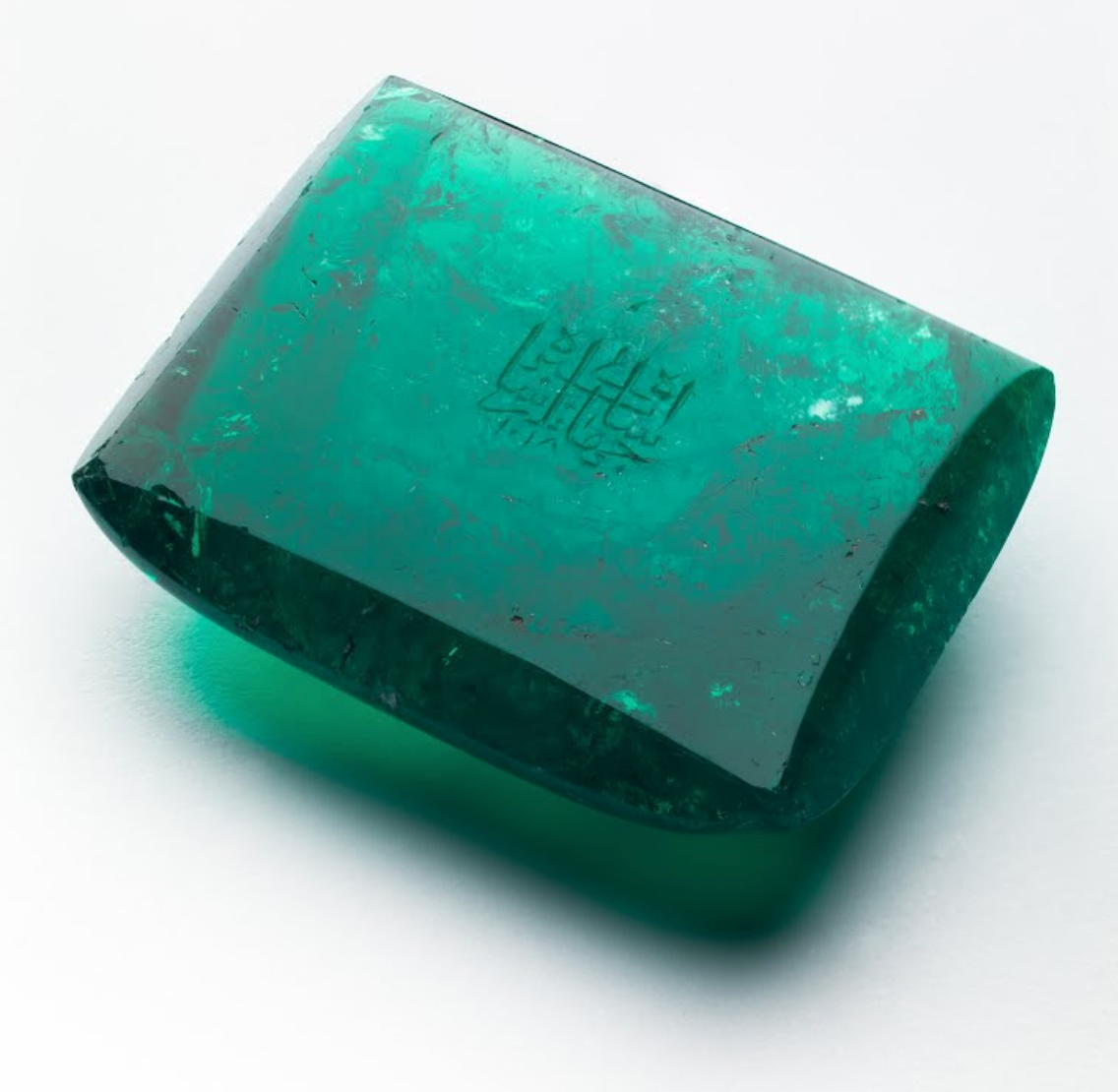

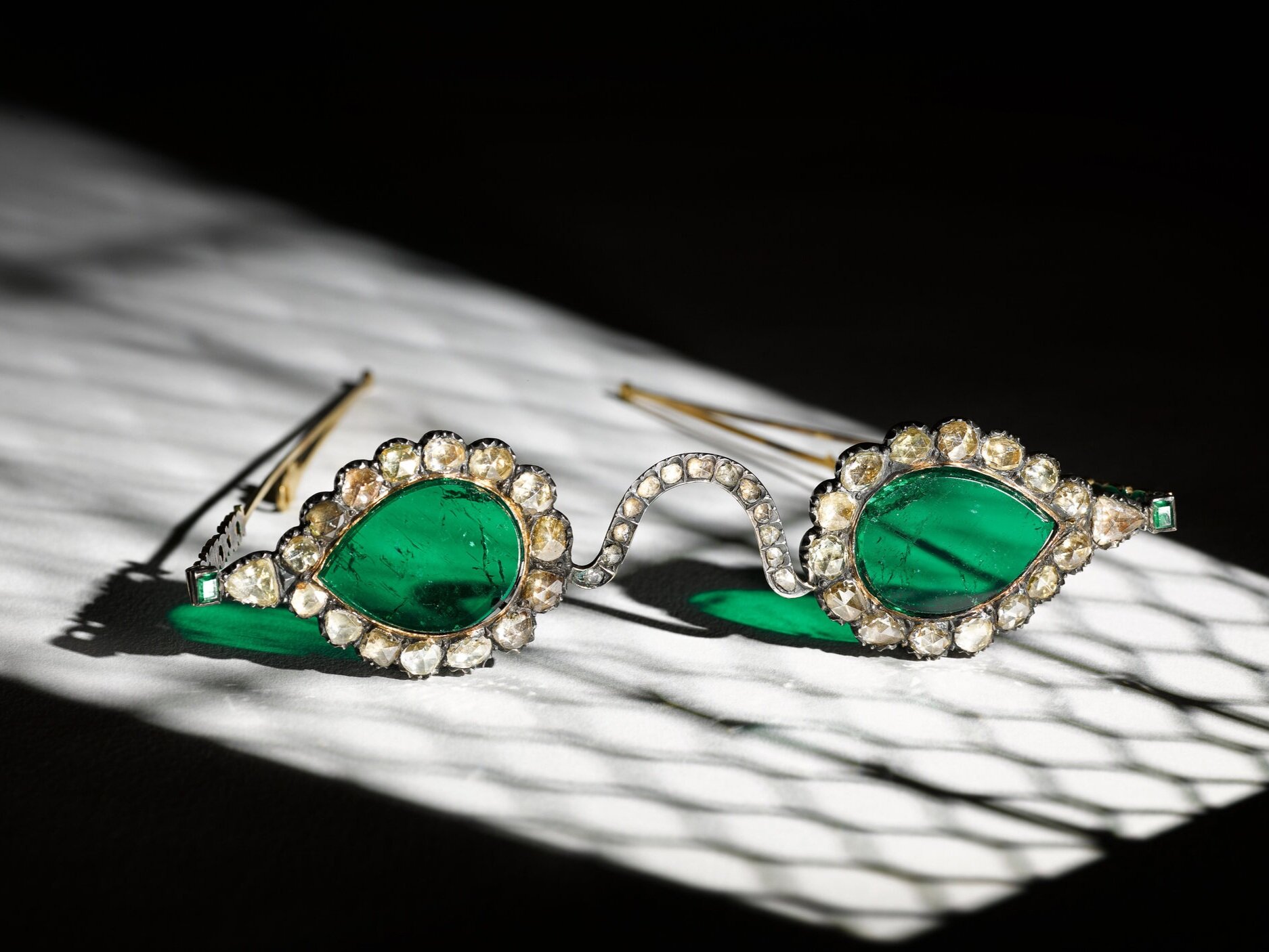
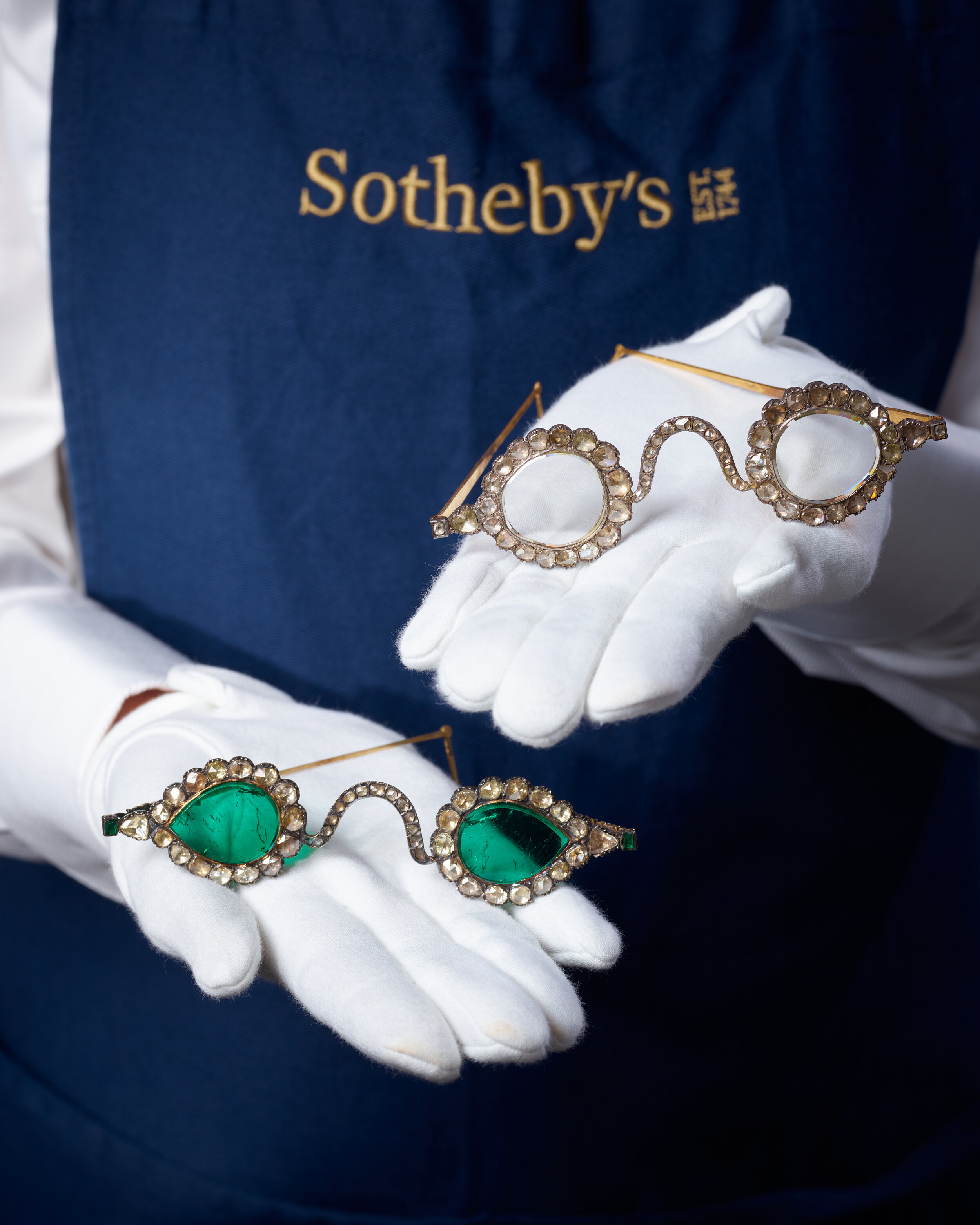



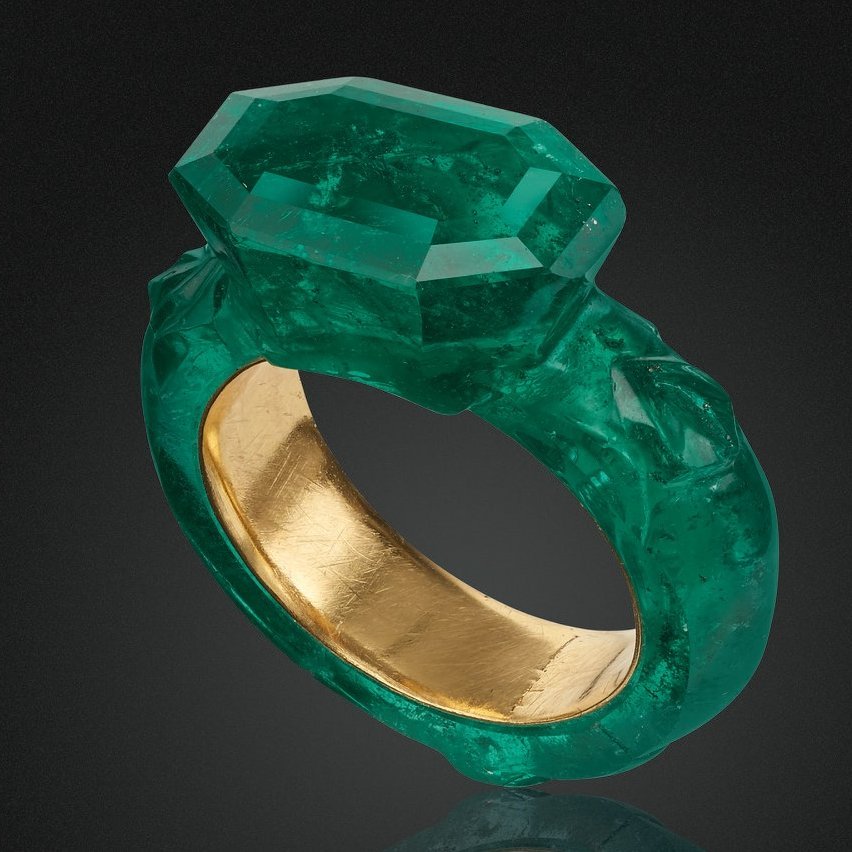




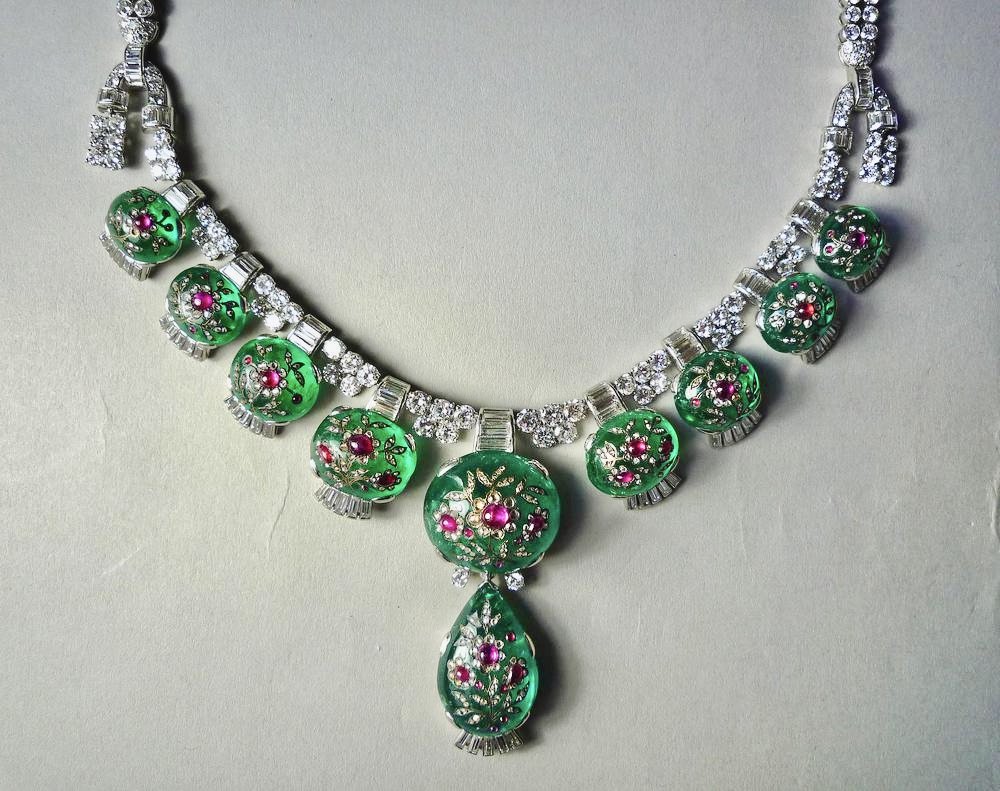


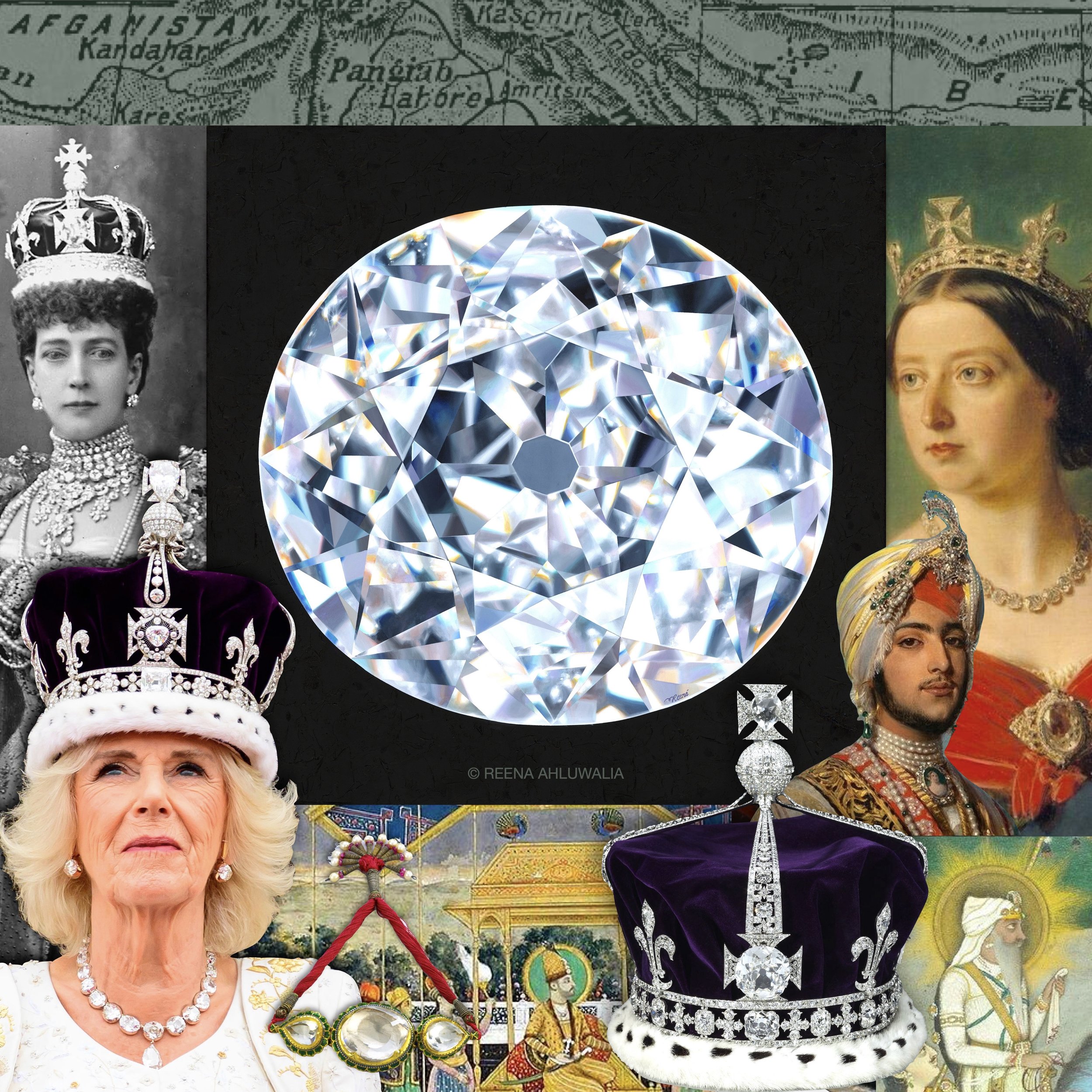



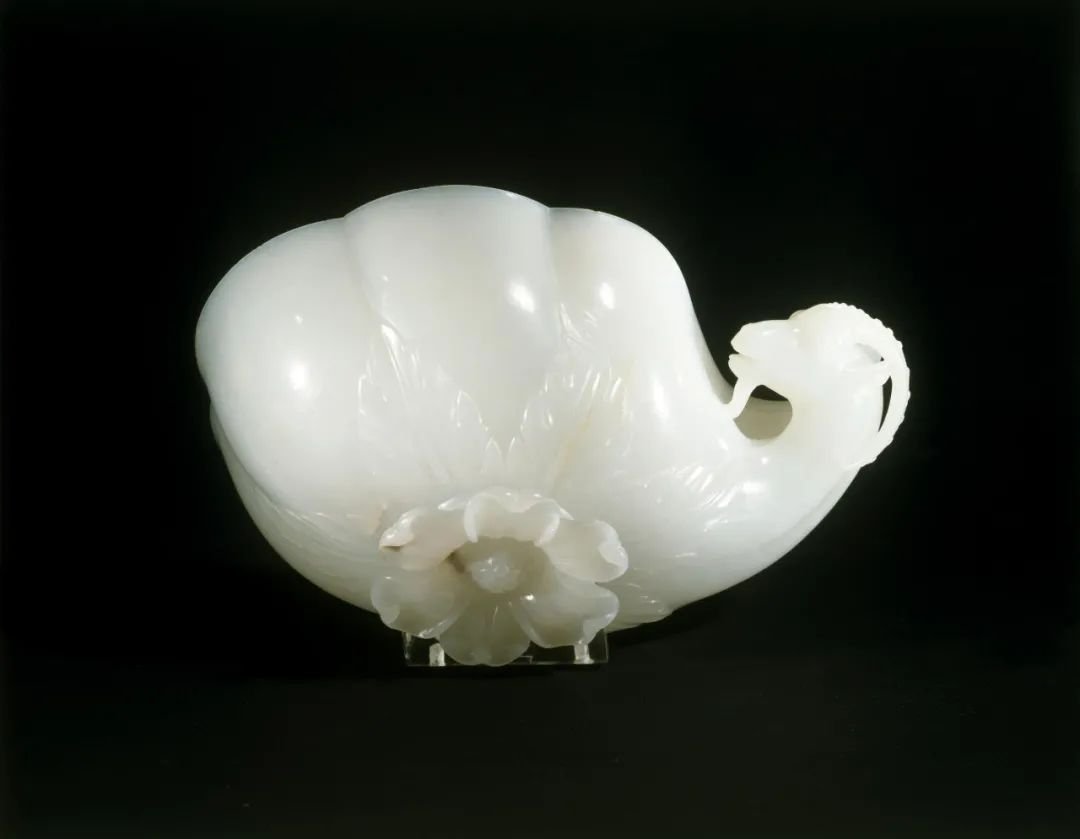

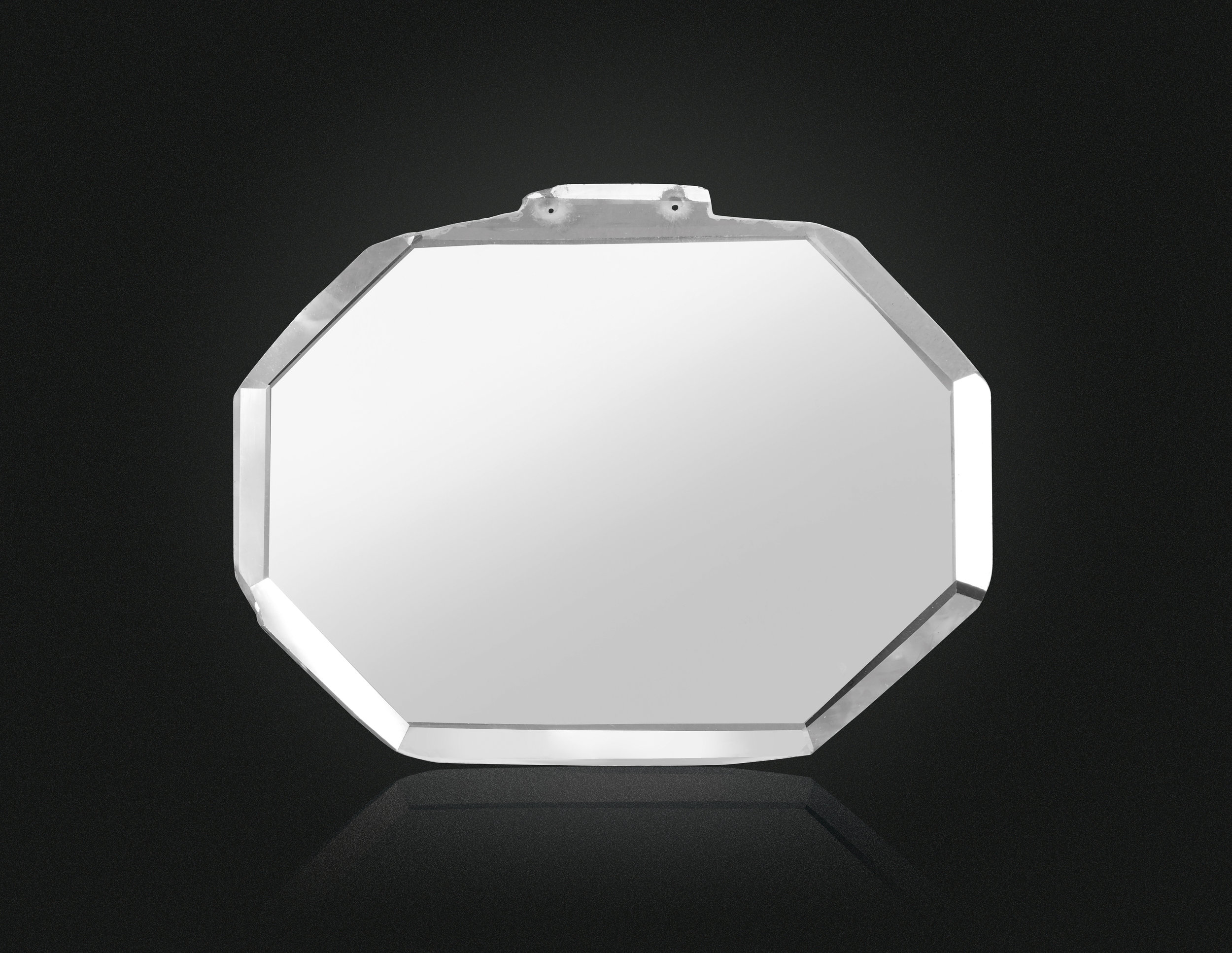




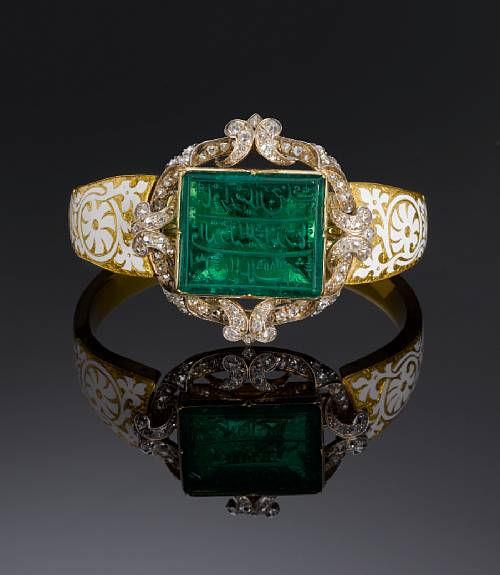






![The Taj Mahal Diamond [circa 1621] - a diamond with extraordinary provenance! Owned by Jahangir, ruler of Mughal India and father of Shah Jahan who built the Taj Mahal. The Taj Mahal diamond was gifted by Richard Burton to Elizabeth Taylor for her 4…](https://images.squarespace-cdn.com/content/v1/518ee9e6e4b02c1428e17e12/1371739932987-G4G72Q5KAZQRODUFTHEH/Taj+Mahal+Diamond.jpg)
